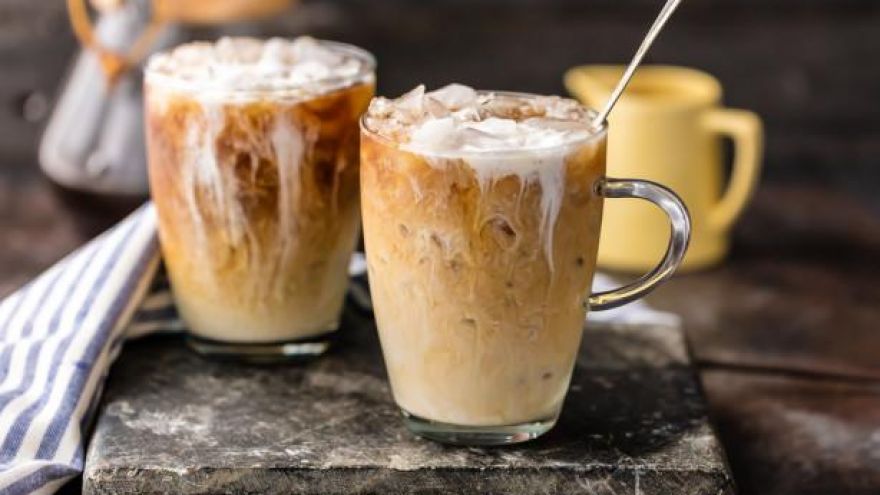Coffee connoisseurs eventually began marking the highest-quality coffees as “niche coffee,” and an entire market was created as much growers, roasters, and makers strove to make specialty rank coffee.

There are two principal species of coffee: Arabica and Robusta. Only the top a huge number of Arabica coffee is sufficient to be considered specialty. These beans are developed at high altitudes (2,000-6,000 feet) nearby the equator in various countries. The farmers that grow specialty grade espresso do whatever they can to make sure that they grow the perfect vegetable; sets from land to the micro-climate of the location influences the item and its flavor. Farms that specialty espresso arises from are usually small household farms that get delight within their coffee bean production.
The espresso cherries are hand-picked if they reach their ripest period, and the cherries are hand-sorted, the beans removed from the cherries, and the beans dried. The beans are then delivered to a roaster, who roasts them carefully, bringing minor taste differences to the beans relying on how extended they’re roasted. The espresso is then packaged and spread in their ultimate type as “niche coffee.”
To receive the desirable name of “niche,” the espresso is ranked before it’s roasted, although it continues to be in the green coffee bean stage. The criteria for specialty coffee are determined by the Niche Coffee Association of America (SCAA), and the coffee is initiated in a strictly regulated fashion to be examined for flaws (such as broken beans, bitter beans, husks provide, or pods present). No primary problems are permitted per trial of specialty coffee, and only five or less subprimary flaws are allowed.
The beans are then roasting, and the espresso is “cupped” (or organized in servings to permit graders to scent and style the coffee in a controlled atmosphere to bring out flavor nuances). The complete grading process establishes whether beans are specialty grade or perhaps a decrease rank (lower degrees are advanced, change, below typical, or down grade). Due to the strict grading allowances and the narrow growth climate demands, niche espresso is recognized as the “best of the best” coffee.
His roasting exploits popular and his ability to commentate, toast and create shoots concurrently are famous. His activities while living in Indonesia had given him an affinity with farmers who became coffee, in addition to an intensive understanding of the origin, the place where espresso was grown. That history, combined together with his love of roasting, triggered a place where espresso was not really a pot of Java, but something unique, residing and with a story.
Traditionally the niche espresso industry has been built on the strong foundation of discussing knowledge and experience- with the supposition that by supporting each other the industry will be firmly quality focused. But a number of the more new arrivals available in the market are possibly selecting coffee for the observed simple profits, rather than for a genuine passion for coffee or its heritage. Consequently most of the traditional methods of exchange aren’t as successful, or used as usually as they have been around in the past.
The brand new areas will also be very suggestible to european branding- in many cases the potency of personalisation has been shown to be more crucial than the product itself. This gift suggestions a number of possibilities to solid european models and needless to say new regional manufacturers to emerge. Nevertheless it generally does not always equal long-term longevity of specialty coffee in these new frontiers.